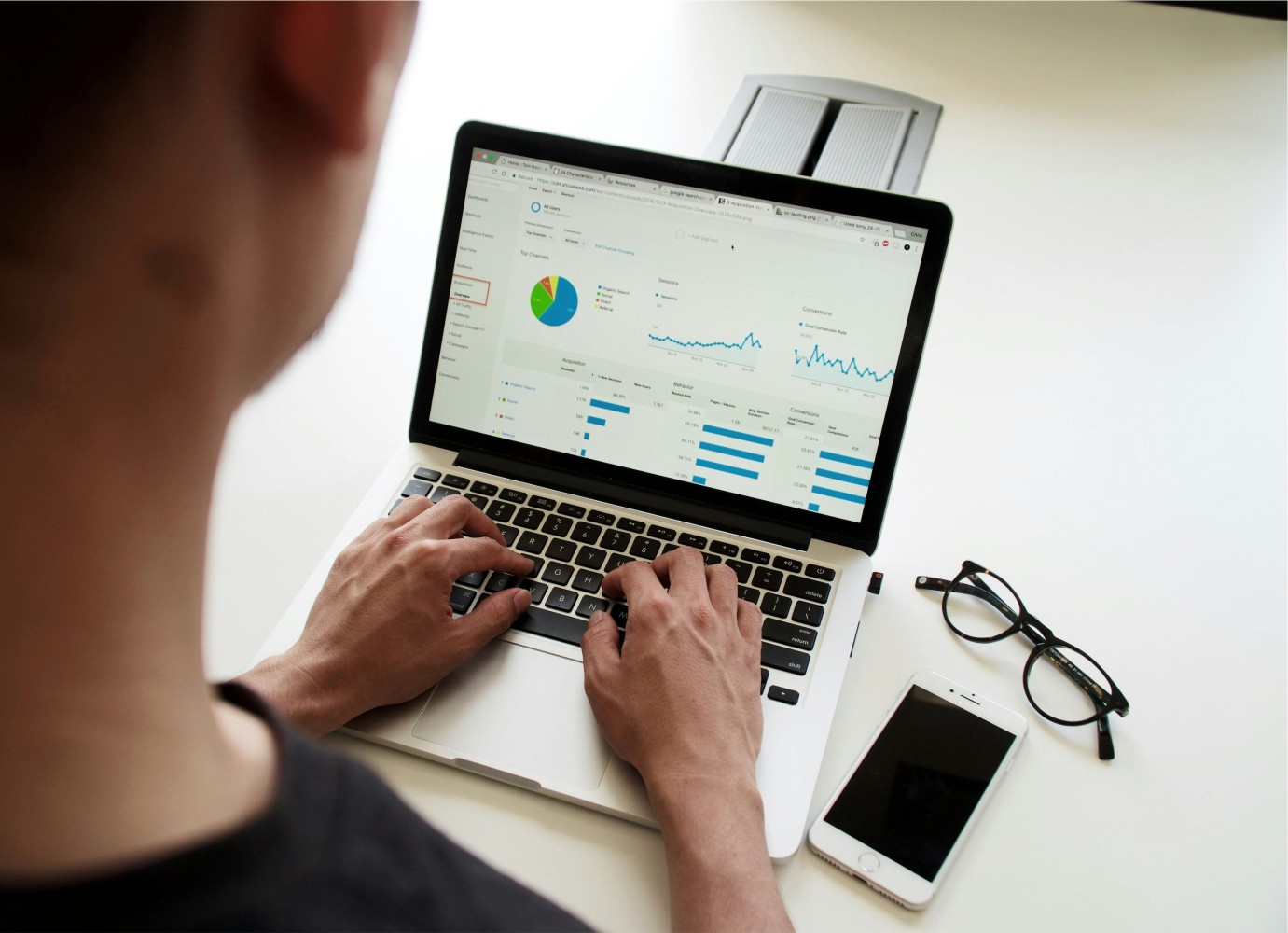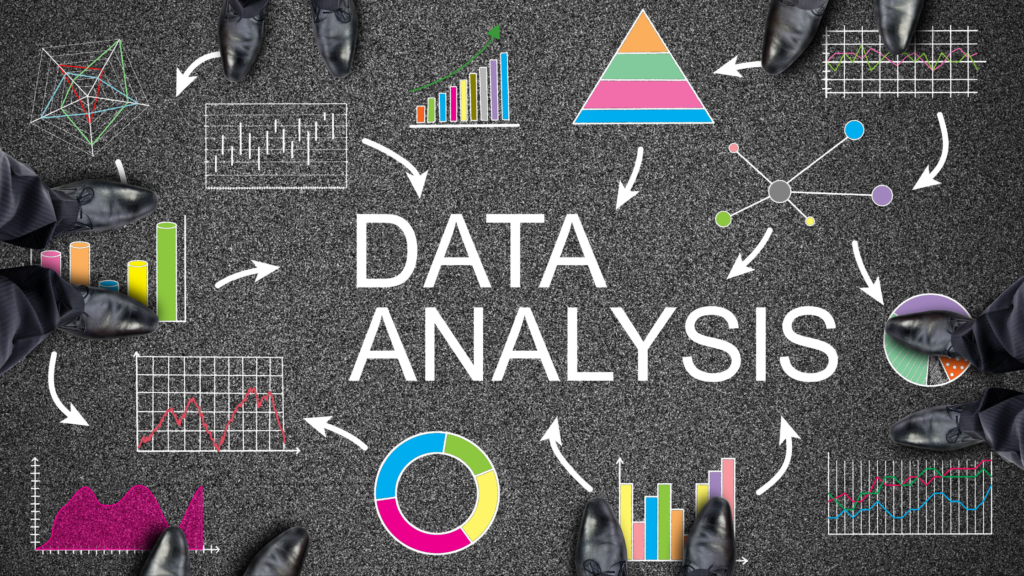Data Visualization with Matplotlib
In this edition, we will explore the world of data visualization using Matplotlib, one of the most versatile and popular libraries in the Python ecosystem. If you are an experienced expert or a beginner, knowing Matplotlib can improve your ability to communicate the insights presented using the data. Moreover, there are useful GitHub repositories that can give you additional learning resources.
The field of data science requires individuals who can both analyze and visualize data effectively. Visualizations serve to simplify the comprehension of intricate datasets thus making patterns and trends more explicit. For illustration purposes, Matplotlib is a well known framework for generating different types of static, animated or interactive plots within Python’s data visualization libraries.
Table of Contents
Why Matplotlib?
Matplotlib is quite flexible due to its many capabilities. It has good compatibility with popular Python packages such as NumPy, Pandas and SciPy; hence it is loved by many data scientists. Besides these attributes, it provides various kinds of plots plus customization alternatives for users who want to retain their own style while creating artworks out of their data sets.
Getting Started with Matplotlib
To begin, ensure that Matplotlib is installed in your Python environment. You can install it using pip:
!pip install matplotlibOnce installed, you can start creating plots. Here’s a basic example of how to create a simple line plot. This Python code generates a basic line plot, labeling the axes and adding a title.
#import the library
import matplotlib.pyplot as plt
# Sample data
x = [1, 2, 3, 4, 5]
y = [10, 8, 6, 4, 2]
# Create a line plot
plt.plot(x, y)
plt.xlabel('X-axis Label')
plt.ylabel('Y-axis Label')
plt.title('Simple Line Plot')
plt.show()Key Features of Matplotlib
1. Basic Plotting
Matplotlib can create a wide range of basic plots, including line plots, scatter plots, bar charts, histograms, and pie charts. Each type of plot serves a different purpose and can help visualize data in unique ways.
- Line Plots are useful for showing trends over time or relationships between two variables.
- Scatter Plots are ideal for visualizing the correlation between two variables.
- Bar Charts are great for comparing quantities across different categories.
- Histograms are useful for displaying the distribution of a dataset.
- Pie Charts are effective for showing proportions of a whole.
2. Customization Options
Matplotlib allows extensive customization of plots, including changing colors, line styles, markers, and adding annotations. This flexibility enables you to create visually appealing and informative charts.
3. Subplots
Creating subplots allows you to display multiple plots in a single figure. This is particularly useful for comparing different datasets or visualizing different aspects of the same data.
#python code
# Create multiple subplots
fig, axs = plt.subplots(2, 2)
# Define x and y here
x = [1, 3, 4, 6, 7]
y = [2, 4, 5, 3, 7]
#plotting
axs[0, 0].plot(x, y)
axs[0, 0].set_title('Subplot 1')
axs[0, 1].scatter(x, y)
axs[0, 1].set_title('Subplot 2')
axs[1, 0].bar(x, y)
axs[1, 0].set_title('Subplot 3')
axs[1, 1].hist(y)
axs[1, 1].set_title('Subplot 4')
plt.tight_layout()
plt.show()4. Animations
Matplotlib supports animated plots, which can be useful for demonstrating changes over time or illustrating dynamic systems.
5. 3D Plotting
Matplotlib’s `mpl_toolkits.mplot3d` module allows for the creation of three-dimensional plots, adding another dimension to your data visualization capabilities.
Practical Examples
1. Time Series Data
Visualizing time series data is a common requirement in data science. Here’s how to plot a time series using Matplotlib:
#python code
#importing the libraries
import pandas as pd
import matplotlib.pyplot as plt
# Sample time series data
dates = pd.date_range('20240601', periods=6)
data = pd.Series([1.5, 3, 2.75, 5, 7.7, 6], index=dates)
# Create a time series plot
data.plot()
plt.xlabel('Date')
plt.ylabel('Values')
plt.title('Time Series Plot')
plt.show()2. Heatmaps
Heatmaps are useful for visualizing matrix-like data, such as correlation matrices or confusion matrices.
#python code
#import numpy and seaborn
import numpy as np
import seaborn as sns
# Sample data
data = np.random.rand(10, 10)
# Create a heatmap
sns.heatmap(data, annot=True)
plt.title('Heatmap')
plt.show()3. Geographical Data
Matplotlib can also be used in conjunction with libraries like Basemap or Cartopy for visualizing geographical data.
#python code
#import the libraries
from mpl_toolkits.basemap import Basemap
import matplotlib.pyplot as plt # Import matplotlib
# Create a map projection
m = Basemap(projection='merc', llcrnrlat=-60, urcrnrlat=90, llcrnrlon=-180, urcrnrlon=180, resolution='c')
m.drawcoastlines()
m.drawcountries()
plt.title('World Map')
plt.show()Matplotlib GitHub repositories for your reference
Exploring GitHub repositories can provide you with practical examples, code snippets, and projects that can enhance your understanding and usage of Matplotlib.
1. Matplotlib Gallery: The official Matplotlib repository contains a rich gallery of examples that showcase the wide range of plots and customizations possible with Matplotlib.
2. Pyplot Tutorials: This repository offers detailed tutorials on various aspects of Matplotlib, from basic plotting to advanced techniques.
3. Seaborn: Although not solely focused on Matplotlib, Seaborn builds on Matplotlib and provides a high-level interface for drawing attractive and informative statistical graphics.
Popular alternatives to Matplotlib for data analysis and visualization
- Seaborn – It is built on top of Matplotlib and offers a high-level interface for creating attractive and informative statistical graphics. Its strength lies in simplifying complex visualizations with fewer lines of code and integrating well with Pandas DataFrames. It provides advanced statistical plots like heatmaps, violin plots, and pair plots. Seaborn is commonly used for statistical data visualization and exploratory data analysis.
- Plotly – An interactive graphing library makes it easy to create interactive plots and dashboards. It supports interactive visualizations that can be embedded in web applications, offers a wide variety of chart types, and integrates with other tools like Dash to create dashboards. Interactive visualizations, dashboards, and web applications are some of the most common use cases of Plotly.
- ggplot2 (in R) and Plotnine (in Python) – Inspired by the grammar of graphics, ggplot2 is a powerful visualization package in R. Its Python equivalent is Plotnine. It offers a systematic approach to creating complex graphics, is highly customizable, produces aesthetically pleasing plots, and is ideal for statistical plotting. Complex statistical visualizations and layered plots are some of the many use cases for this visualization package.
- Bokeh – This is a Python interactive visualization library that allows the creation of interactive plots and dashboards with ease. This library is designed to target modern web browsers for presentation, and it is capable of handling large and streaming datasets while integrating with other web technologies. Some use cases of Bokeh include real-time data visualizations and the development of web-based applications.
- Altair – This is a declarative statistical visualization library for Python based on Vega and Vega-Lite. It simplifies the creation of complex visualizations with concise, declarative code, seamlessly integrates with Jupyter notebooks, and focuses on human-centered design principles. Some of its main use cases include statistical graphics and exploratory data analysis.
- Tableau – It is a top business intelligence and data visualization tool that enables users to create a variety of interactive and shareable dashboards. It features a user-friendly drag-and-drop interface that makes it perfect for business analytics and reporting, and it can also handle large datasets. Key features of Tableau include business intelligence, interactive dashboards, and data storytelling.
- Power BI – Power BI is a business analytics service provided by Microsoft. It offers interactive visualization and business intelligence capabilities through a user-friendly interface. It integrates seamlessly with other Microsoft products, making it robust for business analytics. Additionally, it provides cloud-based services for data sharing and collaboration. Key features of Power BI include business reporting, data-driven decision-making, and interactive dashboards.
- QlikView – It is a business intelligence platform designed to transform data into meaningful insights. It provides powerful data discovery and analytics capabilities, an intuitive drag-and-drop interface, and supports associative data models. Some of the best use cases for QlikView include business intelligence, data discovery, and data visualization.
- D3.js – It is a JavaScript library used to create dynamic and interactive data visualizations in web browsers. It offers precise control over the visual representation of data, is highly customizable, and integrates seamlessly with web technologies. Notable features include web-based interactive visualizations and the ability to create complex data visualizations.
- Highcharts – It is a JavaScript charting library that makes it easy to add interactive charts to web and mobile projects. It offers a wide range of chart types, is simple to use, and is supported by extensive documentation and support. Its main features include web applications, interactive charts, and data dashboards.
Each of these alternatives offers unique features and capabilities, making them suitable for different types of data visualization and analysis tasks. Depending on your specific needs and preferences, you can choose the one that best fits your workflow and project requirements.
Conclusion
Mastering Matplotlib is a valuable skill for any data scientist. Its flexibility and extensive capabilities make it an indispensable tool for creating high-quality visualizations. By exploring the examples and resources mentioned in this newsletter, you can deepen your understanding and skill in data visualization.
We hope this comprehensive guide helps you leverage Matplotlib to its fullest potential. For further reading and resources, be sure to check out the suggested GitHub repositories.
Thank you for being a part of the Data Science Demystified community. We look forward to bringing you more insightful content in our next edition.



